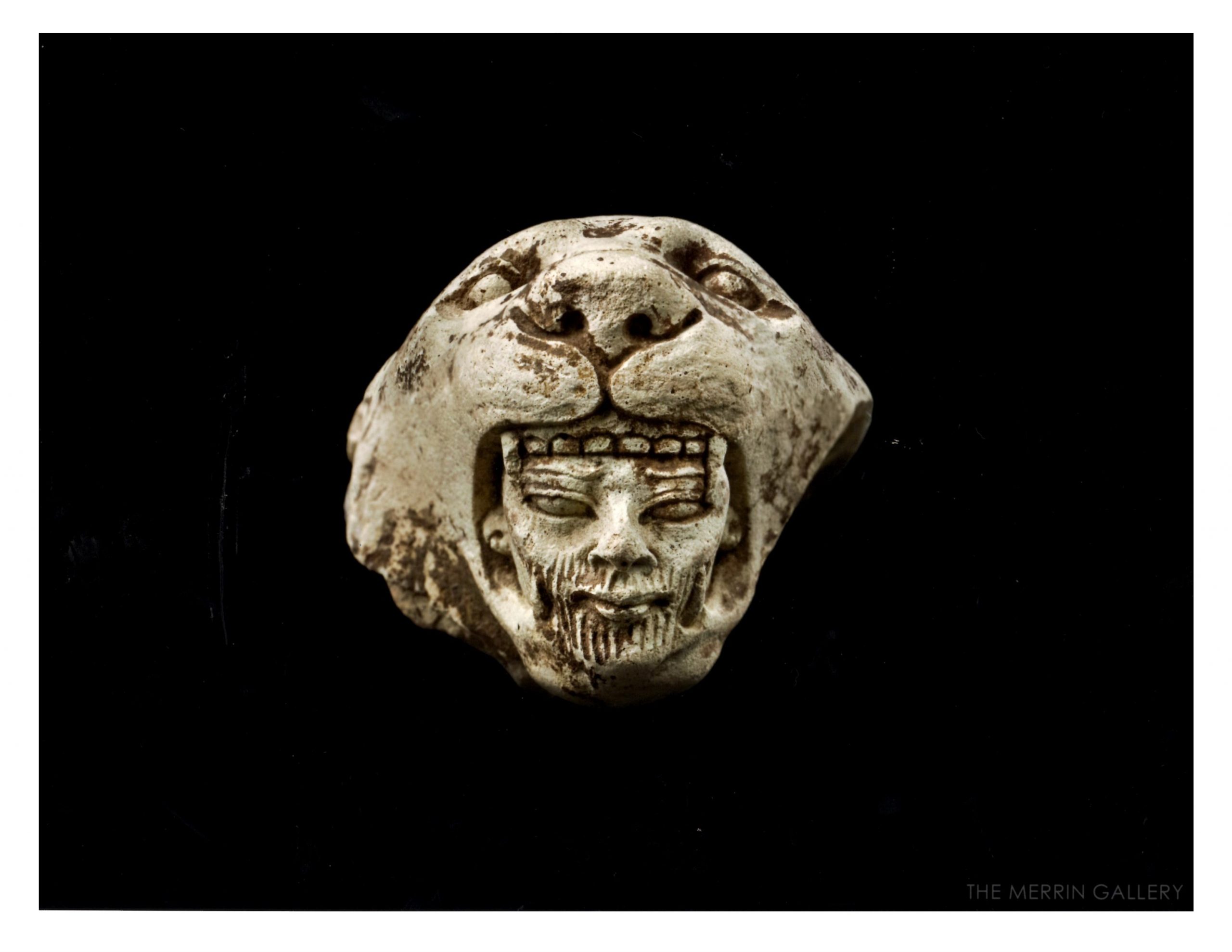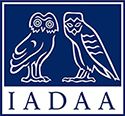Description
This faience sculpture depicts a male lion, mane flowing over its neck, mauling the head of an Asiatic captive. The Ancient Egyptians were ethnocentric and regarded their own culture an island of order and truth amidst a world steeped in chaos, untouched by their beloved gods. The most commonly mentioned foreigners were the Nubians to the south, and the peoples to the north and east of them. These included the Assyrians, Hittites, and Hyksos. However, they were usually referred to by the all-encompassing term “Asiatic” and were not distinguished from one another in Ancient Egyptian art and records. Ancient civilizations around the world, including the Ancient Egyptians, took prisoners of war from amongst their defeated enemies. This particular captive was obviously not lucky enough to become a servant, and was instead beheaded and fed to a hungry lion.
The level of detail in the lion’s face is extraordinary. The nostrils flare wide to make up for air not being taken in by the mouth, and muscles on the skin of the bridge of the nose and beneath the eyes are wrinkled in a perpetual snarl. Stippled beneath the nose are the pores from which whiskers would bristle on the live animal. The brows are masterfully worked above eyes that gaze purposefully ahead even as the large ears point aggressively back. Opened wide to engulf the man’s head from behind, the lion’s jaws bite down with pointed teeth and grip with powerful incisors; the lips are pulled back so far that the lion’s gums are visible. This position allows the viewer to see the highly detailed planes of the captive’s bearded face. High cheekbones, a strong nose, and pursed lips make the face unique while furrowed brows give the impression of mild concern for the situation in which the decapitated head currently finds itself. There is such attention paid to the particulars of the head that it is even possible to see where the captive’s ears had been pierced.
In addition to the incredible work in carving this sculpture, the etched details were then rubbed with pigment thus creating a deliberate staining effect that brings out delicate details that would otherwise be easily missed. The pigment outlines the captive’s eyes, adds coloration to his beard, and brings out the details carved into the lion’s face and mane.
A similarly carved Egyptian blue from the XVIII Dynasty is part of the 1974 Norbert Schimmel collection, the lion’s jaws holding a Nubian rather than an Asiatic head.
MM






